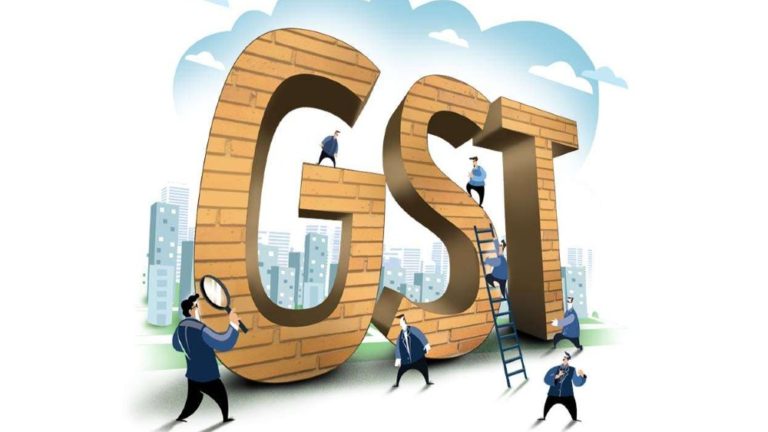Monthly goods and services tax (GST) collections hit an all-time high of Rs 1.68 trillion in April (March transactions). For the Centre, the high mop-up would mean its share of the tax as Central GST would be higher than the budget estimate (BE) of Rs 6.6 trillion for FY22. It would also
help allay the state governments’ concerns about a revenue shock they might have to deal with once a five-year revenue protection ends on June 30.
GST collections in April 2022, the all-time-high magnitude of inflows is very enthusing, and augurs well for a robust year-on-year growth in the months ahead as well. This is also evidence of a healthy pace of economic activity in March 2022 in spite of the escalating geopolitical conflict.
Analysts feel that gross GST revenues in FY23 may be Rs 1.3-1.35 trillion a month on average (about Rs 16 trillion in the year), which could mean the Centre’s FY23 GST revenues could be Rs 300-550 billion more than the Budget Estimate, after adjusting for cess collections. The average monthly GST mop-up was Rs 1.23 trillion in FY22. The Budget FY23 has factored in average GST collections of Rs 1.2 trillion a month.
With as many as twenty states and UTs registering over 14% growth in GST collections in their domain in April, most of the states could be close to achieving a revenue growth of 14%, the guaranteed level under the compensation mechanism, which will end on June 30. Maharashtra has created a new benchmark by collecting Rs 274.95 billion in April 2022, the highest ever by a state, which was 25% more than Rs 220.13 billion collected in April 2021.
The total revenue of Centre and the states in April 2022 after regular settlement is Rs 665.82 billion for CGST and Rs 687.55 billion for the SGST.
















